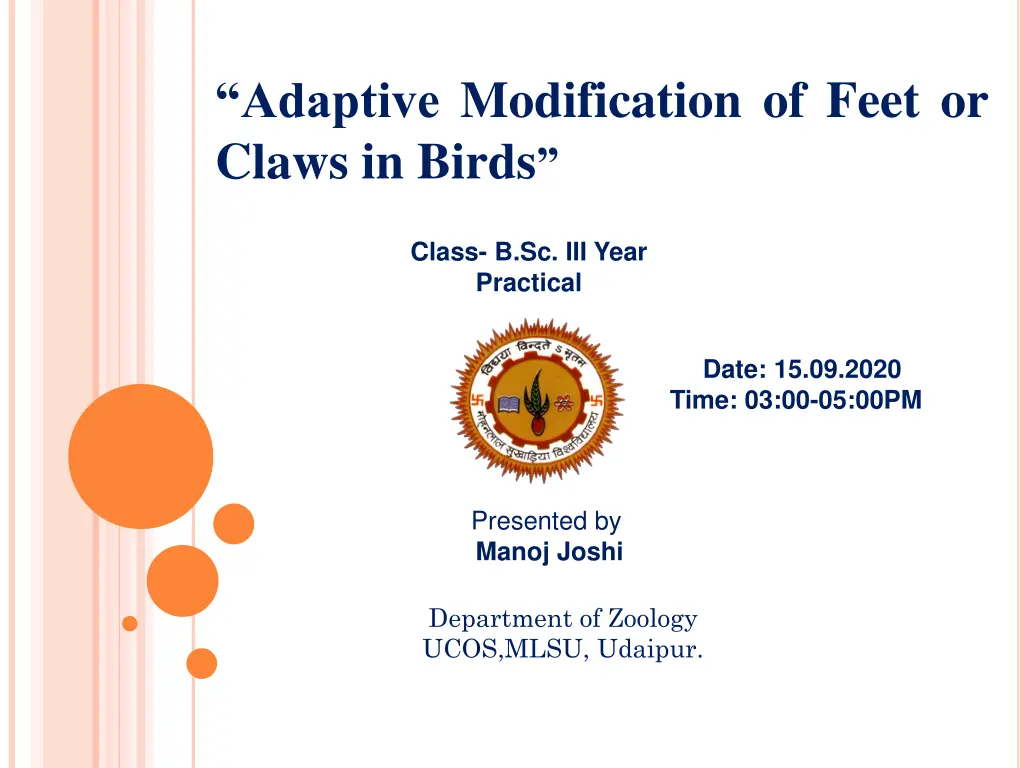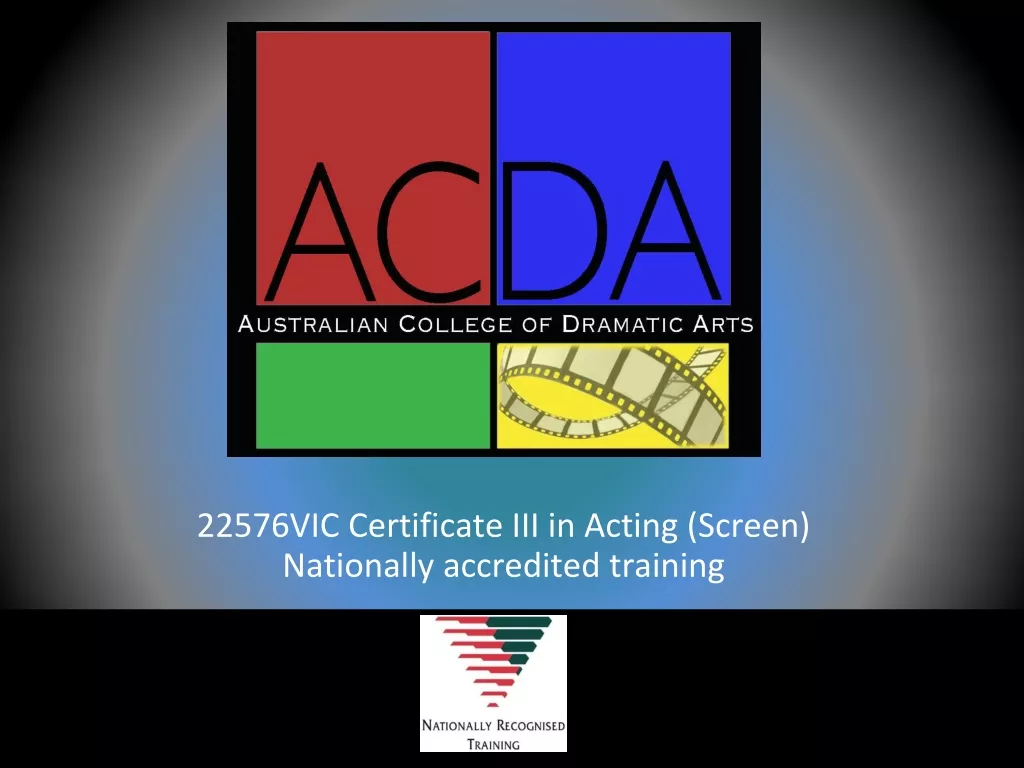
Adaptive Modification of Feet or Claws in Birds - B.Sc. Zoology Practical Insights
Explore the adaptive modifications of feet and claws in birds, categorizing them based on their functional attributes like cursorial, perching, scratching, raptorial, wading, swimming, climbing, and clinging. Discover how these adaptations aid different bird species in various ecological niches.
Download Presentation

Please find below an Image/Link to download the presentation.
The content on the website is provided AS IS for your information and personal use only. It may not be sold, licensed, or shared on other websites without obtaining consent from the author. If you encounter any issues during the download, it is possible that the publisher has removed the file from their server.
You are allowed to download the files provided on this website for personal or commercial use, subject to the condition that they are used lawfully. All files are the property of their respective owners.
The content on the website is provided AS IS for your information and personal use only. It may not be sold, licensed, or shared on other websites without obtaining consent from the author.
E N D
Presentation Transcript
Adaptive Modification of Feet or Claws in Birds Class- B.Sc. III Year Practical Date: 15.09.2020 Time: 03:00-05:00PM Presented by Manoj Joshi Department of Zoology UCOS,MLSU, Udaipur.
S No. Type Example 1 Cursorial or Running Feet Ostrich 2 Perching Feet Sparrows 3 Scratching Feet Fowls 4 Raptorial Feet Eagles 5 Wading Feet Herons 6 Swimming Feet Ducks 7 Climbing Feet Parrots 8 Clinging Feet Swifts
Also known as running feet. Find in running Birds. Legs are powerful and number of toe is reduced. Hind toe may be elevated/ reduced/ absent. In Ratites like Emu, Rhea only 3 toe directed in forward direction. Ostrich has only 2 toe of which the outer one is smaller and without nail.
Majority of birds belong to the category Find in Perching or finches birds. Toe are anterior and slender, while one toe or hallux is posterior , strongly built and apposable so that they can securely fasten the foot to a branch or a perch.
Strongly developed claws and well adapted for running as well as scratching the earth Foot of male bird is usually provided with pointed bony spur of offence and defence. Ex. Fowls, Quails.
Predatory or Carnivores Birds. Strongly taloned feet for striking and grasping their prey. Toes have strongly developed, sharp and curved claws. Large and fleshy bulbs called Tylari. Tylori found on undersurface of toes.(Ex. Owl) Some time tylori absent and spines are present.( Ex. Ospery)
Wading or Marshy Birds Legs and toes are exceptionally long and slender. These serve to walk over aquatic vegetation or marshes Web is absent or feebly developed. Ex. Herones, snipes, Jacana.
Toes are webbed partially or completely. In diving birds web is lobated and toes are free. (Ex. Coot and grebs) In swimming and paddling birds only the anterior 3 toes are united in a web.(Ex. Ducks) In pelican and Cormorant all the 4 toes are enclosed in the web.
Feet are used as grasping organs Especially adapted for climbing vertical surface. 2nd and 3rd toes point in front, while 1st and 4th toes point in backwards. Ex. Parrots and Woodpeckers.
All 4 toes point forwarded and serve to cling to steep faces of cliffs or under caves of houses etc. Ex. Swifts, King fisher.






















